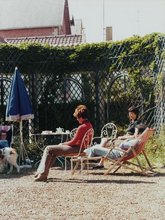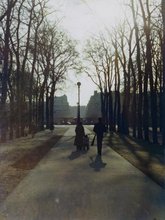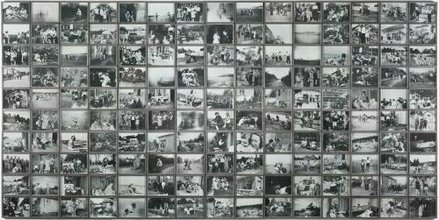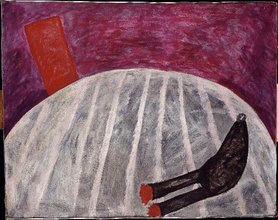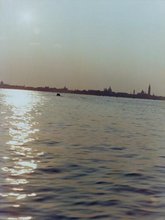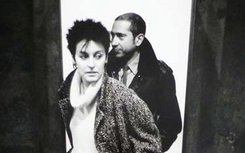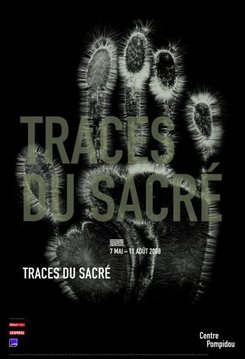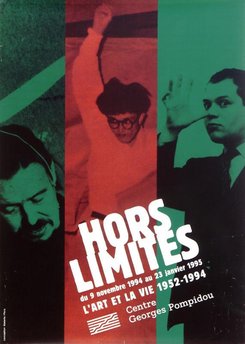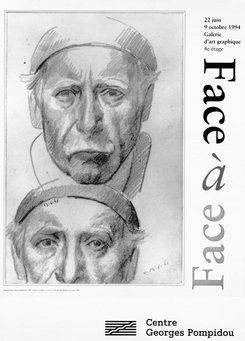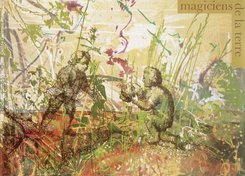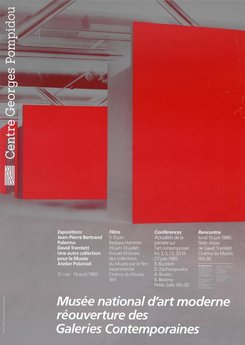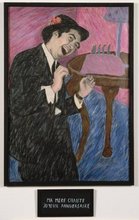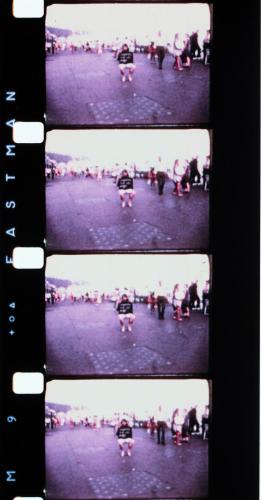Artist/personality
Christian Boltanski
Plasticien, Vidéaste
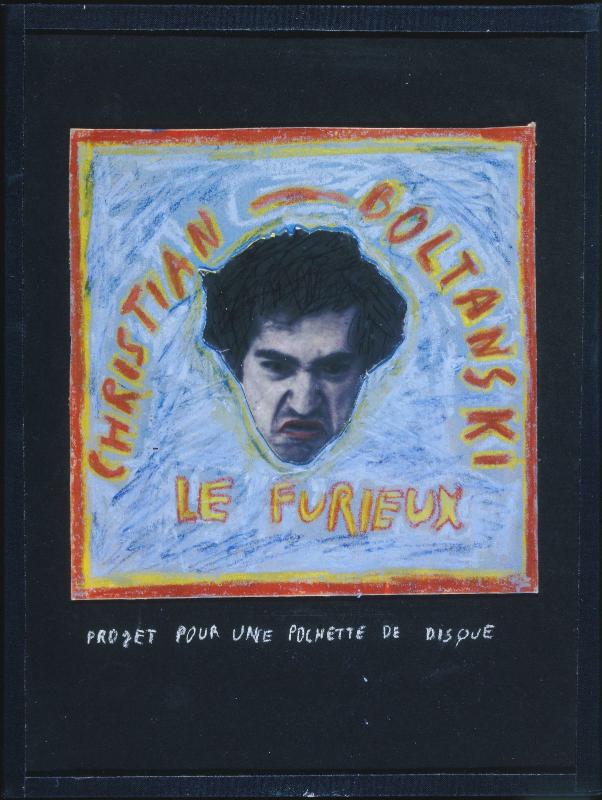
Christian Boltanski
Plasticien, Vidéaste
Nationalité française
Birth: 1944, Paris (France)
Death: 2021, Paris (France)
© Adagp, Paris
Biography
In his work, Christian Boltanski creates resonance between the history of humanity and the story of his own life, with the autobiographical part intentionally blending reality and fiction. In this way, he seeks to fight finiteness and forgetting, to master time and death. Centre Pompidou organised his first retrospective in 1984, as well as the last major exhibition while the artist was still alive, "Life in the Making", in 2019-2020.
Christian Boltanski’s early art was marked by a painting between 1957 and 1968 (La Chambre ovale [The Oval Room], 1967), then by the creation of short films inspired by expressionism (L'Homme qui tousse [The Coughing Man], 1969). In 1969, he started to work on recreating elements of his childhood using little cobbled-together objects. He then expanded his research into his own identity to collective history. L’Album de la famille D. (Album of the D. Family) was presented at documenta five in Kassel in 1972, where Boltanski exhibited in the “Individual Mythologies” section. In 1974, he invented a clown character that he named after himself, which he used to continue his biographical stories with a satirical tone (Saynètes comiques [Comic Vignettes], 1974). He continued to explore codes related to photography with Les Images modèles (Model Images, 1975), a series in which he interrogates taste, cultural stereotypes and the image of happiness.
In 1983, he discovered the work of Polish theatre director Tadeusz Kantor, which whom he shared an interest in allegorical figures and the theme of death, orienting his practice towards the occupation of space. This was how he created his disturbing Théâtres d’ombres (Shadow Theatre, 1984-1997) with cobbled-together puppets. The artist continued to include light in his works with Monuments, which combined enlarged photographic portraits with lightbulbs and cables. In 1986, he extended this experimentation to the scale of an entire exhibition at the Chapel of Saint-Louis-de-la-Salpetriere, which he titled "Lessons of Darkness". Viewers are plunged into obscurity, with only the artworks providing light. This project marked a turning point in his career: he started to opt for non-museum sites, in situ installations and the themes of religion, Judaism and commemoration. In the late 1980s, Boltanski created large environments such as Archives, made up of hundreds of photographs of faces arranged on grids, and Réserves, thousands of pieces of clothing amassed on the walls or floor. Symbolising the horrors of history, these works define a memory shared by all.
From 1998 onwards, Boltanski designed exhibitions as works in and of themselves, in which the viewer is involved in visual, musical and theatre events. His art became increasingly intangible, universal and utopian, like Archives du cœur (Heart Archive), made up of recordings of some 70,000 heartbeats, kept on Teshima Island in Japan since 2008. Loss became the major theme of his work, both with attempts at autobiographical recording (La Vie impossible de C.B. [The Impossible Life of C.B.], 2001) and large ephemeral installations. For Personnes at Monumenta in Paris, he filled the space of the Grand Palais with thousands of clothes, picked up by a crane at random, symbolising the random fate of humanity. From 2008 onwards, he created projects in remote spaces. In the Atacama Desert in Chile and on Ile d'Orléans in Quebec, he filmed hundreds of boats topped with tiny Japanese bells, in tribute to the dead (Animitas, 2014). Misterios (2017) was created in Patagonia, where the artist installed a system to amplify whale sounds. Boltanski’s last works all share the theme of eternity.





